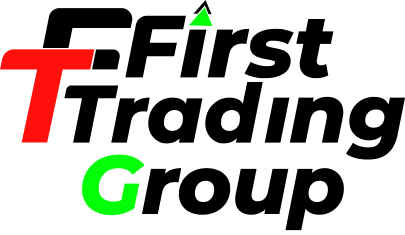Anglo-Australian mining giant Rio Tinto announced Tuesday that it will slash production at its Yarwun alumina refinery in Queensland by 40% starting next October in a move to prolong the facility’s operational life.
Rio decided against building a second waste facility at Yarwun, as it concluded the required substantial investment was not currently viable.
Rio Tinto stated in a release that reducing output will prolong the plant’s operation until 2035 by decreasing waste production.
Capacity
This is significant because the current waste facilities are projected to reach capacity by 2031. The reduction will provide an additional four years for Rio Tinto to develop solutions that could further extend Yarwun’s operational life.
“With Yarwun’s tailings facility expected to reach capacity by 2031 at current production rates, this curtailment will allow another four years to explore and develop technical solutions that could further extend the refinery’s life,” the mining company said in a statement.
High power and labour costs in Australia have eroded margins for metals processing, contributing to broader difficulties in the sector.
Concurrently, Rio Tinto is facing the challenge of alumina prices hitting two-year lows, which adds to the pressure behind this decision.
The restructuring was initiated by new CEO Simon Trott in August, aiming to concentrate the company’s efforts on its most profitable assets.
Rio Tinto Aluminium Pacific Operations Managing Director Armando Torres said:
While we have extensively explored options to develop a second tailings facility for Yarwun over a number of years, the scale of investment required is substantial and not currently economically viable.
Prominent presence
Rio Tinto’s Pacific aluminum portfolio comprises a significant presence across Australia and New Zealand.
This includes two bauxite mines, two alumina refineries, and two smelters located in Australia, along with one smelter in New Zealand.
Additionally, Rio Tinto possesses a majority interest in the independently operated Tomago smelter, which is currently under review, primarily due to escalating power expenses.
“The broader thematic is that Australian (metals processing) is slowly being removed due to costs of production, energy prices, labour and capital intensity given low alumina prices,” RBC analyst Kaan Peker was quoted in a Reuters report.
Peker stated that in light of this situation, it would be difficult for Rio Tinto’s management to defend investing hundreds of millions of dollars in an additional waste facility.
He also noted that this reduction would decrease alumina supply from the ex-China market by approximately 3%.
The price of alumina may be supported by this reduction, counteracting a recent drop caused by increased low-cost production from Indonesia.
Regarding bauxite, the raw material for alumina, Rio Tinto faces a decision: either sell the surplus from its production or scale back output at the Weipa mine, which supplies the Yarwun facility.
Impact
The decision to cut output will reduce annual alumina production by around 1.2 million tonnes, Rio Tinto said.
There will be no impact to customer requirements or Rio Tinto’s other operations, with bauxite mines and aluminium smelters continuing to operate at full capacity.
Approximately 180 positions at the Yarwun refinery will be impacted by the reduction in production.
A major focus is currently on planning for the redeployment of affected personnel to other Rio Tinto locations within Gladstone.
Yarwun, with a current workforce of approximately 725 employees, produces roughly 3 million tonnes of alumina annually.
This alumina serves as a raw material for both Rio Tinto’s aluminium smelters and various international clients.
The announcement follows a trend of government support for Australian smelters, including Glencore’s Mount Isa copper smelter in Queensland and Trafigura’s Port Pirie lead and zinc smelter in South Australia, to maintain their operations.
The post Rio Tinto’s Yarwun alumina refinery to slash production, prolonging plant life until 2035 appeared first on Invezz

